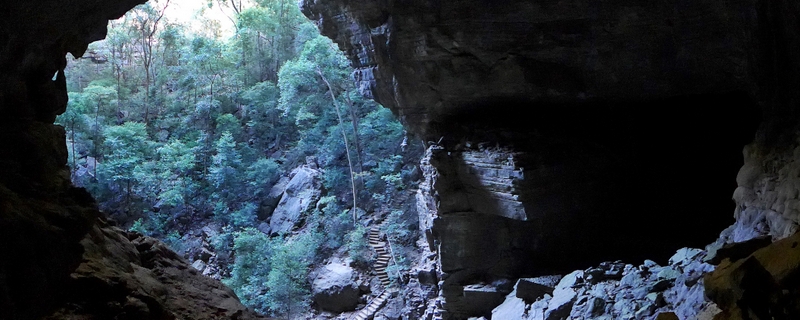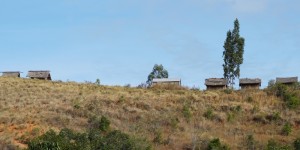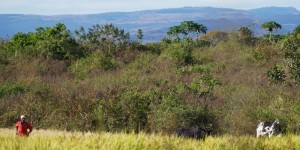Roaming in North Madagascar: July 11-15, 2016
July 11 Monday: Antananarivo – Maevatanana- Antsohihy
I got up early to say good-bye to my travel mates. At 7:30am, I met my 22-year-old driver Hajaina, a tall and slim young man who looks mature for his age. He had brought along his cousin Boland (25-year-old) who would be the co-driver. It would be Boland’s first drive to northern Madagascar.
Before we set off, I went to his office to pay and discuss the route. My plan was to reach Antsiranana at the tip of northern Madagascar at the end of RN6 (about 1200km one way) and Nosy Be off the northwestern coast and visit a couple of national parks. Hajaina considered it doable and we would follow RN4 to Andromache and then RN6 to Antsohihy on the first day (750km). I had to rush to the bank to change money (1 dollar for 3,122Ar).
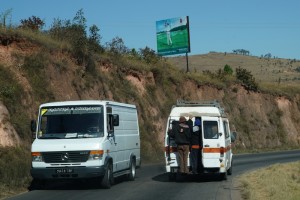 |
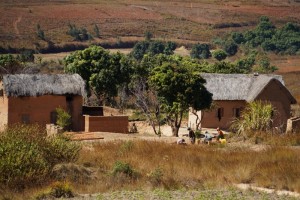 |
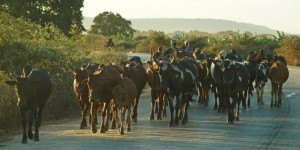 |
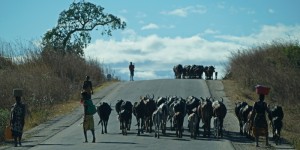 |
It’s a long driving day with few photo stops. The central highland is dry, stunning and sparsely populated. The winding road is surprisingly good with few potholes and light traffic. The huts are mostly constructed with mud and straw. My drivers stopped in Maevatanana for lunch. As I was not hungry, I wandered around the local market which is filthy and smelly.
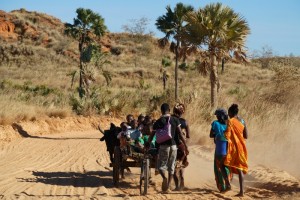 |
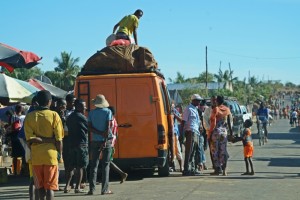 |
My young drivers took turn to drive often every four hours. We finally arrived in Antsohihy just before 9pm. Sol had recommended two hotels but both were full. I managed to find a room in a hotel for 70,000Ar. I was hungry and had a Malagasy meal with beef and vegetables (8,000Ar) before going to bed.
July 12 Tuesday: Antsohihy-Ambilobe- Ankarana
The hotel has surprisingly good Wi-Fi and I managed to upload some photos of Botswana to my website. We set off at 7:30am and the scenery changed again. I found rolling hills with lush green vegetation and plenty of the traveller’s palm trees. The soil seems rich with some cash crops under cultivation.
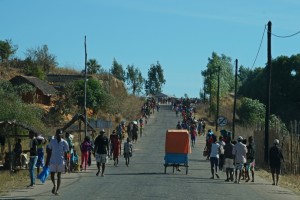 |
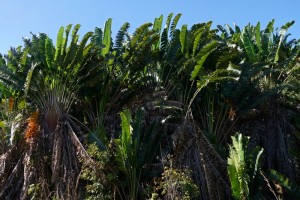 |
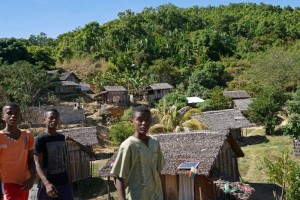 |
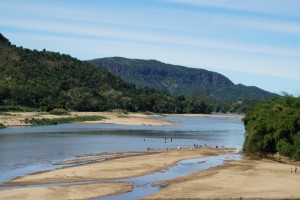 |
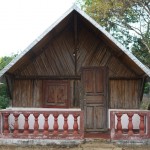 We had lunch in a local eatery in Ambilobe. The fish cooked in tomato sauce is simple but delicious. I paid for my drivers and the bill was only 8,000Ar. At 2pm, we arrived at Ankarana Special Reserve and I took a simple cabin in Chez Aurelian 35,000Ar. The accommodation is basic but clean with toilet and cold shower. With installation of solar panels, guests can enjoy light and power throughout the day.
We had lunch in a local eatery in Ambilobe. The fish cooked in tomato sauce is simple but delicious. I paid for my drivers and the bill was only 8,000Ar. At 2pm, we arrived at Ankarana Special Reserve and I took a simple cabin in Chez Aurelian 35,000Ar. The accommodation is basic but clean with toilet and cold shower. With installation of solar panels, guests can enjoy light and power throughout the day.
Ankarana Special Reserve is a small partially vegetated plateau composed of 150-million-year-old middle Jurassic limestone. The plateau ends abruptly on the west side in the “Wall of Ankarana”, a sheer cliff that extends 25km and rises as high as 280m. In the centre of the plateau, seismic activity and eons of rainfall have dissolved the limestone away in deep gorges and sometimes redeposited it in ribbons of flow stone. In places where the calcified upper layers have been completely eroded, the harder base rock has been etched into channels and ridges known as ‘tsingy’. The area is sacred to the Antankarana people who had taken refuge from encroaching enemies in its caves and natural rock shelters. The area shows a typical karst topography with caves and underground rivers.
I paid a park fee of 60,000Ar and a guide fee of 50,000Ar. Hajaina arranged his friend Rosefine to be my guide. First we walked for about a kilometre to visit a bat cave.
Then we walked through a dry forest to reach a viewing platform (2km one way). I had a panoramic view of the tsingy which coverage looks more extensive but not as spectacular as the Grand Tsingy I have visited. Perhaps had I had time to take a day-hike to the far end of the tsingy, I might have appreciated its grandeur.
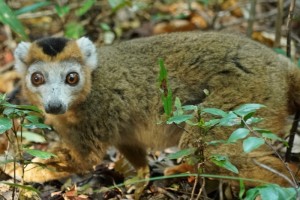 |
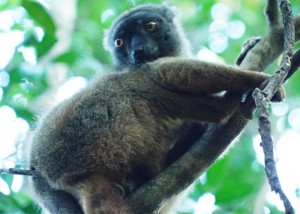 |
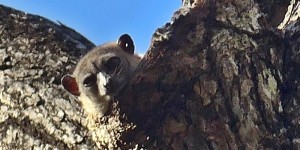 |
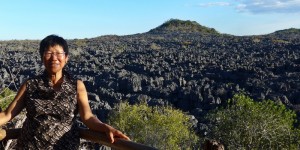 |
With sharp eyes, Rosefine spotted a cute nocturnal mouse lemur. I am lucky to see it in broad daylight. I also saw a Madagascar flycatcher, a chameleon and two red-fronted lemurs.
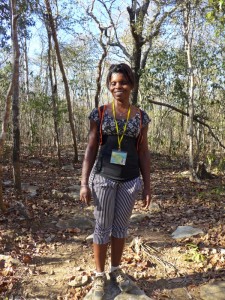 |
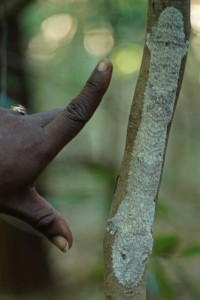 |
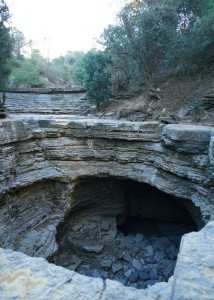 |
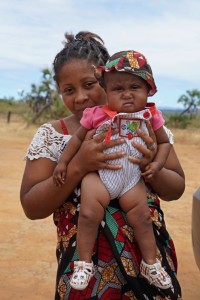 |
On the way out, we stopped to look at a hidden river where waters from three streams meet before dropping into an enormous hole forming part of an underground river.
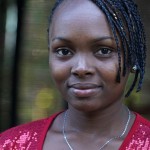 The sun was setting when I reached my cabin around 5:15pm. Then I met Hillary, an 18-year-old girl and her 22-year-old brother in the restaurant. They kindly offered to take me to the village to watch sunset. The village with some 200 inhabitants looks very poor. I enjoyed talking with young people and was glad to learn their passion for their country and nature. Unfortunately, they feel powerless and unhappy with their corrupt and incompetent government.
The sun was setting when I reached my cabin around 5:15pm. Then I met Hillary, an 18-year-old girl and her 22-year-old brother in the restaurant. They kindly offered to take me to the village to watch sunset. The village with some 200 inhabitants looks very poor. I enjoyed talking with young people and was glad to learn their passion for their country and nature. Unfortunately, they feel powerless and unhappy with their corrupt and incompetent government.
I had a 3-course dinner with vegetable and noodle soup, coconut chicken and fresh fruit for 20,000Ar. Two Frenchmen from Lyon, Bernand and Michel who are semi-retired, told me about their 3-month backpacking plan in Madagascar. I believe they would see much more as backpackers. But I am too old to travel around in taxi-brousse which might break my back!
July 13 Wednesday: Ankarana – Red Tsingy – Antsiranana (Diego-Suarez)
I set off at 6:30am and had a Malagasy breakfast with rice porridge (200Ar) and BBQ beef (200Ar) in a small town. My drivers have good appetite and eat much more. I guess they spend about 10,000Ar on food a day i.e. 1,000-2,000Ar on breakfast, 3,000-4,000Ar on a main dish for lunch and dinner.
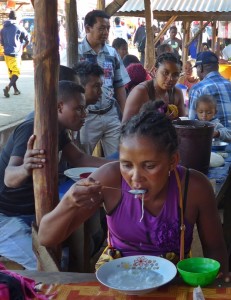 |
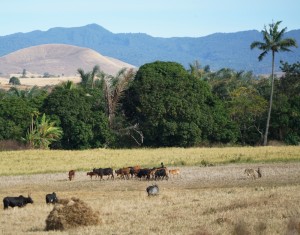 |
|
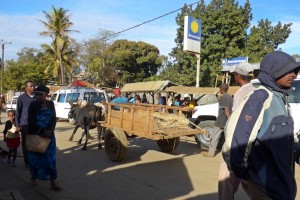 |
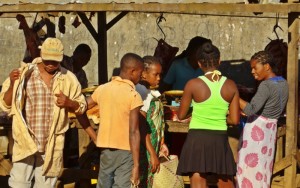 |
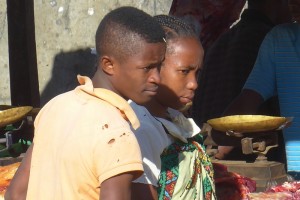 |
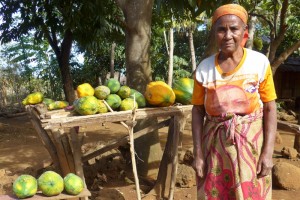 |
I had a two-hour stop at Tsingy Rouge (Red Tsingy) about 60km south of Antsiranana. Here I saw the third type of tsingy on this trip – a stone formation of red laterite formed by erosion of the Irodo River. I arrived at the park entrance at 9am and took a local guide (20,000Ar). Visitors must come with their own 4WD as the dirt road to the three viewing points is steep and sandy. But the views are spectacular and exciting with breathtaking views of the expansive plain, mountain ranges and the sea afar.
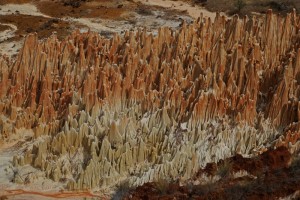 |
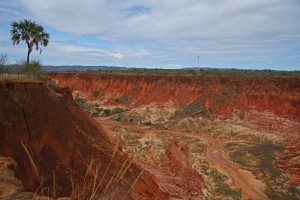 |
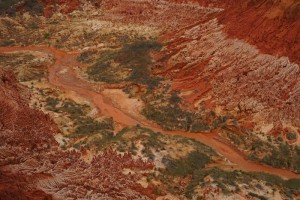 |
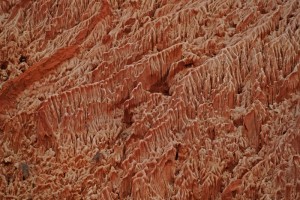 |
We stopped at two designated viewing points first before arriving at a car park. The guide led me and Boland down a path descending to the canyon floor. Here one can get a close look at the tsingy which resembles those in the Bryce Canyon in the US. Around 11am, we were back on RN7 and arrived in Antsiranana after midday.
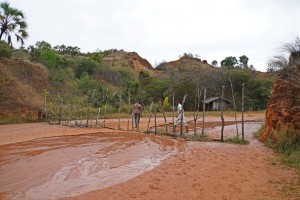 |
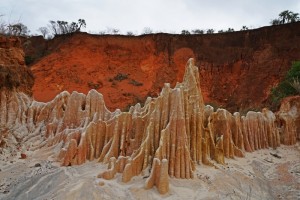 |
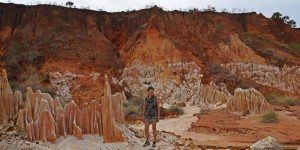 |
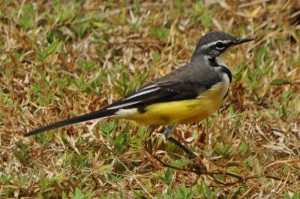 |
Located in the extreme north of Madagascar, Antsiranana with a population of over 100,000 is atmospheric with an extraordinary setting and decaying colonial architecture. Named Diego Suarez till 1975 after a Portuguese navigator who visited the bay in 1543, Antsiranana has one of the world’s most beautiful deep-water harbours with a picturesque sugar loaf mountain. In 1880s the bay was coveted by France and became together with Nosy-Be part of a French protectorate in 1885. The French continued to use the city as a military base after Malagasy independence in 1960 and until the socialist revolution of 1973.
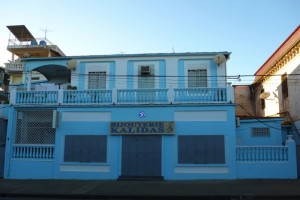 |
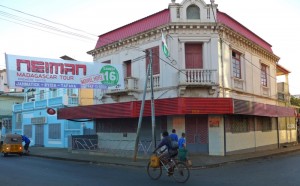 |
Hajaina took me to Hotel Belle Vue which he had stayed before. The place is run-down with iron bars over the balcony and windows. I spotted a poster in the staircase warning about sex tourism and two sexy girls sitting in the reception/bar area. My instinct tells me to leave immediately.
I looked at another hotel nearby which has a beautiful garden. But the room is so-so and the price for a single was 70,000Ar. Then I discovered by chance a fairly new hotel called ‘Hotel Belle Adventure‘ run by a French man. The place was half-empty and I got a bargain i.e. 50,000Ar for a nice, clean and comfortable room with air-conditioning. It has a nice bar and restaurant.
I had a grilled fish for lunch followed by a scenic drive to the Three Bays area (Sakalava Bay, Pigeons Bay and Dune Bay). On the way, I saw the impressive sugar loaf in the bay and Montagne des Francais, a dramatic massif covering an area of 5,000 hectares and an elevation ranging from 100 to 400 metres.
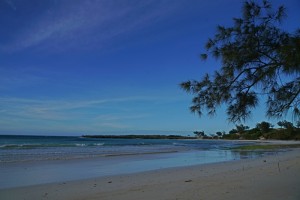 |
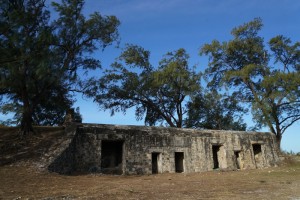 |
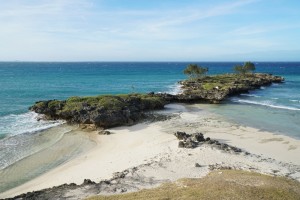 |
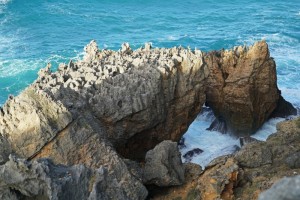 |
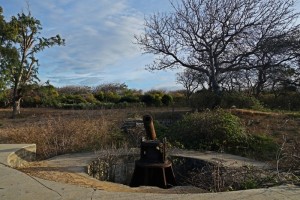 |
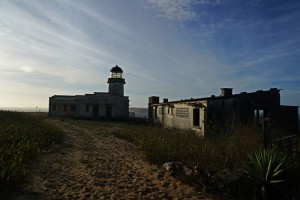 |
With a 4WD, it is possible to drive through the thick vegetation from the Sakalava Bay to the Dune Bay. I walked to the lighthouse and had my first sight of the beautiful Emerald Sea.
On the way back, I stopped at Ramena a former fishing village which is now a popular spot for tourists heading to the Emerald Sea. I booked a trip for 70,000Ar (including 10,000Ar tax) the following day.
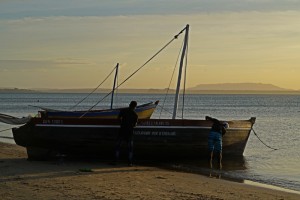 |
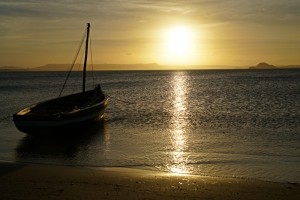 |
July 14 Thursday: Boat Trip to Emerald Sea
Emerald Bay, one of three enclosed bays in Antsiranana, is round shaped with a perimeter of about 20km. It is shallow in the first few metres – hence the “emerald” appellation and just moderately deep at the centre to change the colour to turquoises. The bay comprises several pristine and empty beaches.
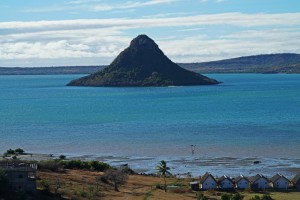 |
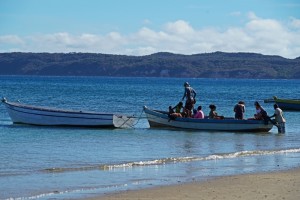 |
I arrived at Ramena before 8:30am. A couple from Mayotte was already there. But we had to wait till 9am for a family of three from Tana. It’s a small world: I met the young French couple and their boy in Hotel Belverede on June 25. We sailed in a traditional Malagasy boat with one main sail and three rows of benches for passengers. The scenery is breathtaking with amazing colours in different shades of blue, green and emerald and fantastic clear water. I could sea the white sand bottom at times!
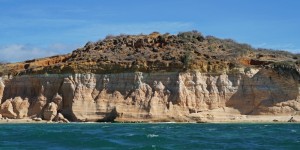 |
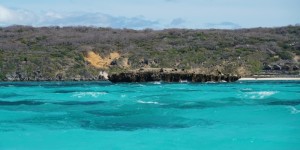 |
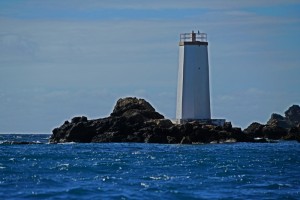 |
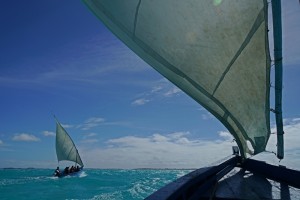 |
Today, we had perfect weather and spent a leisure morning in one of the biggest coral islands. I love the sea, snorkelling and diving but not the beach or sunbathing. Half an hour swimming in the sea is enough for me. I would rather sitting in the shade to watch life go by and people kite-surfing in the bay. I have learnt wind-surfing in late 1980s. I should have gone with an operator offering kite-surfing. It would cost more but I would have more fun in learning a new sport.
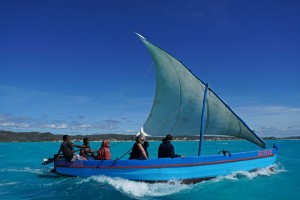 |
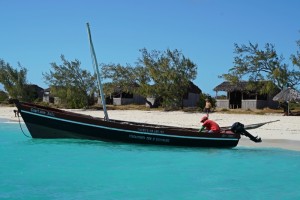 |
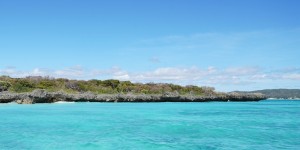 |
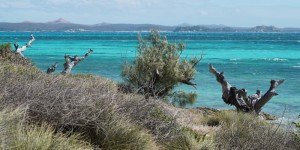 |
I tried to explore the island on foot but failed. Without proper beach footwear, it would be too difficult if not impossible to walk bare-footed. Sharp coral had also stopped me from walking along the beach. To kill time, I took a massage for 15,000Ar with one of the ladies from our boat. In this way, I felt I had make a small contribution to the local economy!
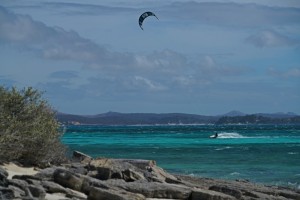 |
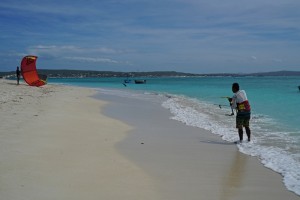 |
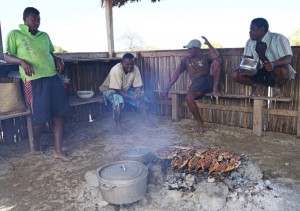 |
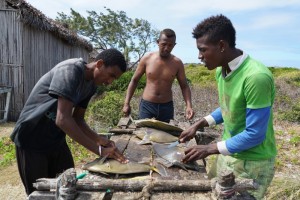 |
After a most delicious lunch with salad, crabs and grilled fish, we left the beach around 2pm. The one-hour journey back to Ramena was an adventure: we were sailing against strong wind with 2-metre high waves when passing through a windy channel. I sat with the Mayotte couple and had to hold one end of a huge plastic sheet which shielded us from the wind and waves. It’s like a battle: my left arm and hands ached at the end of the journey.
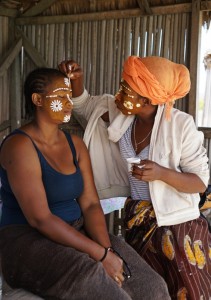 |
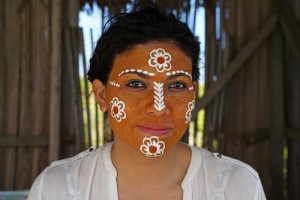 |
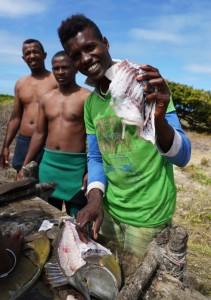 |
It was after 3pm when we arrived at Ramena and found my drivers in the car park. On the way back to the hotel, I had a quick tour of the city by car. I am sad to see the dilapidated state of the harbour area around the abattoir (close to my hotel). I had a light supper as I was not hungry and spent the evening in writing my travel notes.
July 15 Friday: Antsiranana- Amber Mountain –Ambilobe – Ambanja
Lying between an altitude of 800-1470m and located about 30km south of Antsiranana, the Amber Mountain National Parkwith an area of 185km² is one of the most biologically diverse places in Madagascar. The dominant ethnic groups here are the Sakalava and Antankarana. The park is known for its water falls and crater lakes.
By 7am, I was waiting in the restaurant expecting my drivers to arrive anytime. Something must have happened as they did not turn up at all. Around 8:30am, Boland rushed in with a worried look on his face. They had an accident on the way to the hotel and a man riding a bicycle had run into their vehicle and broken his leg. They had taken him to the hospital and did not know how long it might take to settle the matter. I told him to relax and I would wait.
Around 10am, my drivers returned. The man had his bone set in the hospital but Hajaina had to pay him a million Ar to cover medical treatment for the next few months. Luckily their relatives in the city have helped them out. I feel sorry for them as a million Ar is a lot of money. Also I cannot understand why they have to pay if they are not at fault.
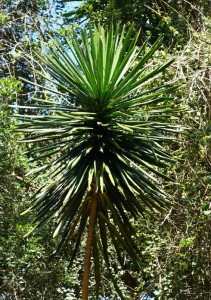 |
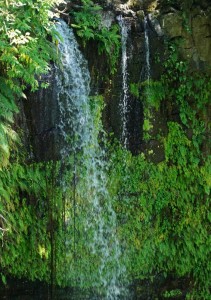 |
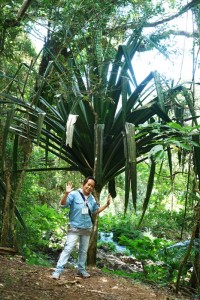 |
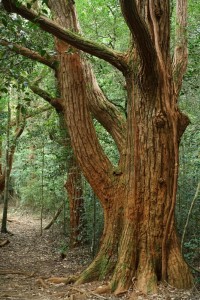 |
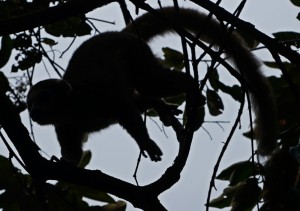 |
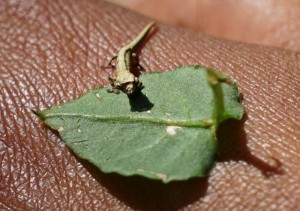 |
We arrived at the park before noon. Once again, I paid an entrance fee (60,000Ar) and a guide fee (50,000Ar). My 38-year-old guide looks Chinese as her grandmother came from China. She is pleasant and we had three hours’ easy walk in the forest looking for the Brookesia (the world’s smallest chameleon) and Sanford’s Brown lemur and Crowned lemur. She also showed me some unique plants. I saw several kingfishers and had fantastic views of a crater lake and the expansive landscape all the way to the Mozambique Sea.
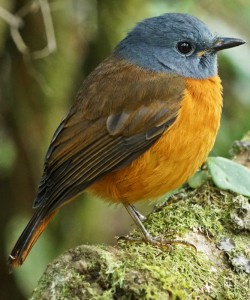 |
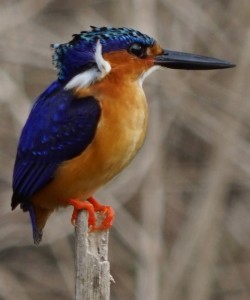 |
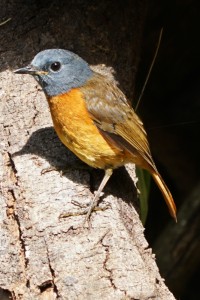 |
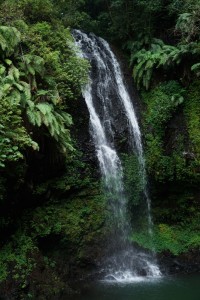 |
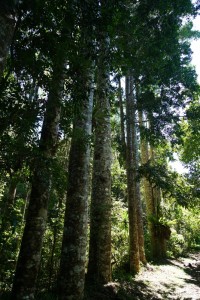 |
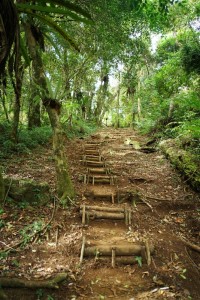 |
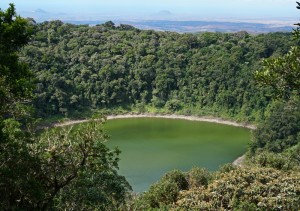 |
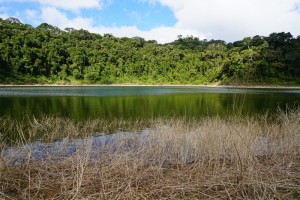 |
I had to leave the park by 3pm in order to reach Ambanja a major town and transportation hub en route to Nosy Be. My guide asked for a ride to Ambanja where she could take a taxi-brousse to Tana to visit her two children. So we had four passengers and they were chatting in their dialect all the way.
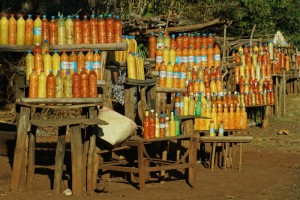 |
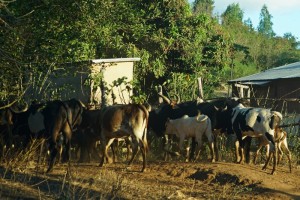 |
We stopped in Ambilobe around 6:30pm for an early dinner. This time, I had shrimp and fish cooked in Malagasy style. The bill for four of us was less than 20,000Ar.
We reached Ambanja after 8pm and had difficulties in finding a decent hotel. Finally a local hotelier suggested us go to Palma Nova Hotel. Unfortunately all the rooms except the dormitory were full. I took a look and found the dormitory with 16 bunk beds with mosquito net, two toilets and two showers airy and clean. The whole place seems secured and I paid 15000Ar for a bed. My drivers were allowed to stay free of charge. It was about 10pm when I settled down in my exclusive quarter at the end of the dormitory. I had a descent sleep.



